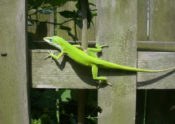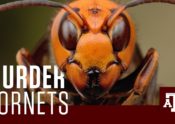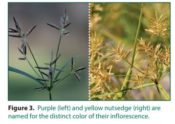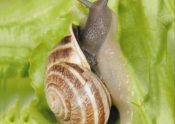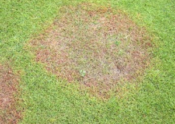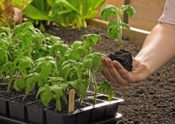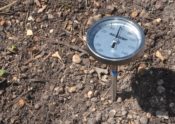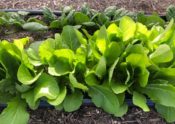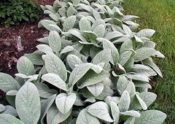
As a horticulturalist, I tend to be easily distracted by plants. When I am out walking, I make frequent pitstops to check out a neat plant. Or when I am driving down the road, I have to resist stopping to check out different trees. It is a real problem!
One plant that I can never resist pausing for is Lamb’s ear! Those soft, velvety leaves are just too hard to resist. I have some in my flower beds, and I stop to pet it frequently. I am sure that is why it is growing so well! (more…)
